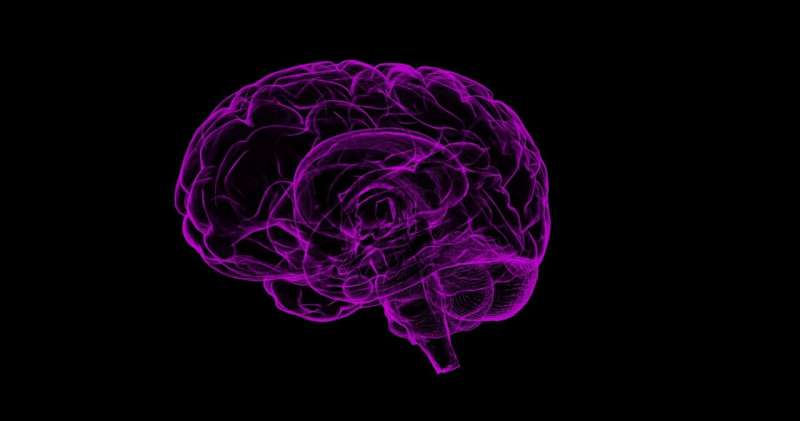Timing and Consistency of Physical Activity Enhance Fitness in Older Adults

New research reveals that the timing and consistency of daily activity significantly impact fitness and health in older adults, highlighting the role of circadian rhythms in healthy aging.
A recent study by the University of Florida highlights the significance of when and how regularly older adults engage in physical activity for optimal health benefits. The research demonstrates that seniors who maintain earlier and more consistent daily activity patterns experience superior cardiovascular and respiratory fitness, as well as improved walking efficiency.
Internal biological clocks, or circadian rhythms, govern not only sleep-wake cycles but also a wide array of physiological processes, including hormone release, blood pressure regulation, and core body temperature. Disruptions to these rhythms, such as those caused by jet lag or shift work, can adversely affect sleep quality, mood, and physical function.
The study involved approximately 800 independent seniors, with an average age of 76. who wore wrist devices for a week to monitor activity levels and then underwent comprehensive cardiopulmonary testing. Findings revealed that individuals with higher amplitude activity-rest cycles—meaning more pronounced activity during the day compared to rest periods—had better heart and lung fitness. Additionally, those who reached their peak activity earlier in the day and maintained consistent daily activity patterns showed significant improvements in fitness measures.
Interestingly, the research emphasizes that all forms of daily movement, from walking and gardening to household chores, contribute to these benefits. Aligning activity patterns with the body's internal clock may help enhance healthy aging. Nonetheless, the study does not establish causation, and further research is necessary to determine if adjusting activity timing can directly improve health outcomes.
This research opens avenues for personalized health strategies that consider individual circadian rhythms. Recognizing whether someone is a 'lark' or an 'owl' could help tailor activity schedules and medical treatments, ultimately promoting better health and quality of life in older populations.
For more detailed insights, refer to the published study in "Medicine & Science in Sports & Exercise" (April 2025). Source: https://medicalxpress.com/news/2025-05-linked-older-adults.html
Stay Updated with Mia's Feed
Get the latest health & wellness insights delivered straight to your inbox.
Related Articles
New Insights into Diabetic Neuropathy: The Role of Nageotte Nodules and Sensory Cell Degeneration
New research highlights the significance of Nageotte nodules—clusters of dead neurons—in the progression of diabetic neuropathy. These findings could lead to novel neuroprotective treatments targeting nerve degeneration in diabetes-related pain.
New Study Challenges Link Between Contact Sports and Brain Protein Buildup in Aging Men
A groundbreaking Northwestern study finds no direct link between amateur contact sports and tau protein buildup in the aging brain, highlighting the role of normal aging processes in neurodegeneration.
Understanding Mucus Color: Does Yellow Mucus Require Antibiotics?
Learn how mucus color and consistency can indicate infections and when antibiotics may be necessary, helping you understand your health better.
AI Innovation Enhances Blood Test Accuracy for Faster Cancer Monitoring
A new AI-driven blood test method, Fragle, enables faster, affordable, and highly accurate cancer monitoring by analyzing DNA fragment sizes, promising improved detection of relapse and treatment response.



